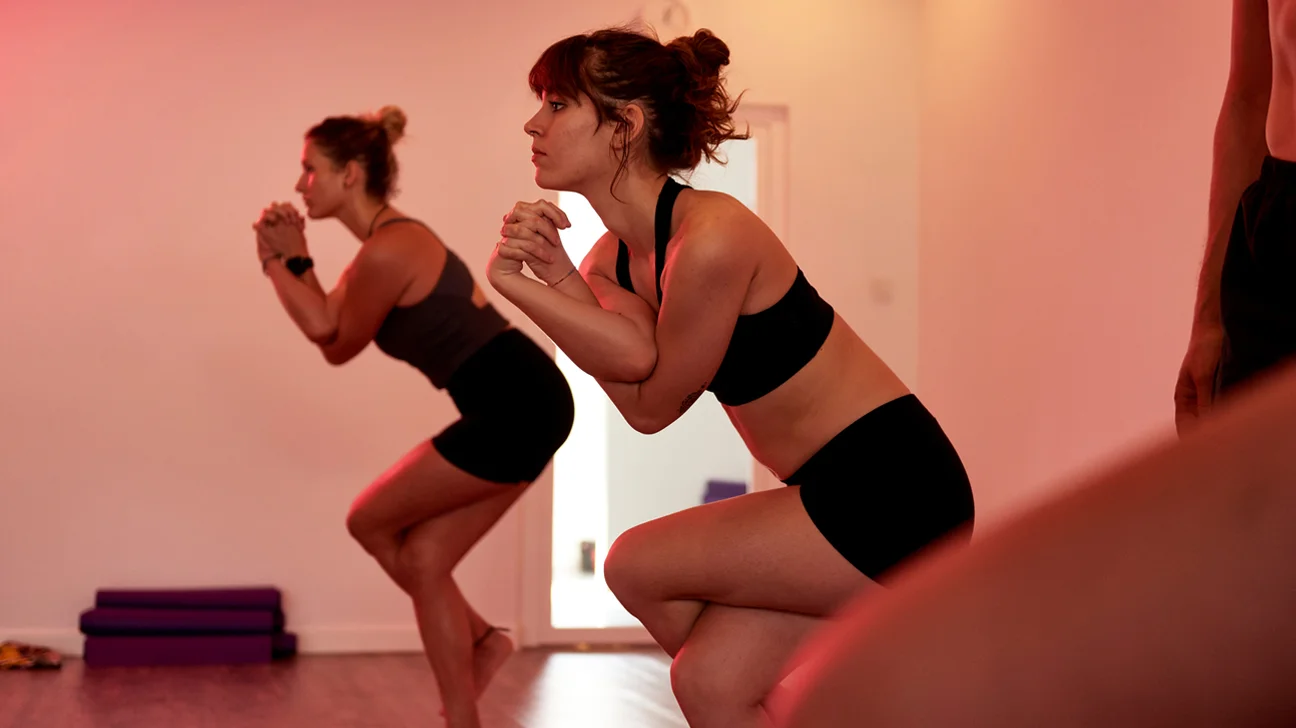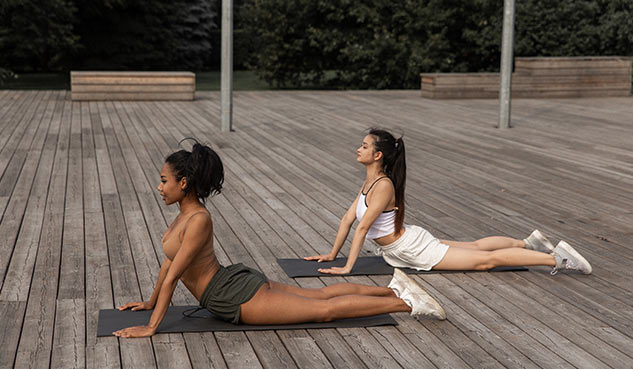
Yoga is mostly spiritual, yoga leads to enlightenment, so the cliché. Power yoga is very different. Find out why here
Power Yoga completely frees itself from the cliché that yoga is a place of spirituality that is visited by almost holy yogis in order to achieve enlightenment. This relies less on meditation and mantras and more on strengthening, physical exercises. Here you can find out what is behind Power Yoga.
Power Yoga was invented in the USA by yoga teacher Bryan Kest. It is inspired by the classic Ashtanga Yoga, which was once developed for western students, in which asanas (exercises) and pranayama (breathing exercises) were primarily taught. Meditations are taught less or not at all. With his Power Yoga, Kest goes one step further than the Ashtanga style: The focus is on dynamic, physical exercises – spirituality has no place here.
Power Yoga is all about building strength and endurance.
With Power Yoga in the flow
But that doesn’t detract from the principle of yoga: In Power Yoga, the students are guided through the session with the help of Vinyasa Flow. The term Vinyasa has its origins in the Sanskrit language and means something like “to put in a certain way”. For the yoga style, this means in concrete terms that breathing is synchronized with the movement in a certain sequence of movements and thus leads naturally from one asana to the next. Hence the term “Vinyasa Flow” – through the technique you are in the flow.
Even if you don’t know these terms and can’t remember them – Power Yoga is not only suitable for die-hard yogis, but also, or especially, for beginners. After all, this yoga style was developed for the needs of Western students and adapts to the lifestyle between family and work and other activities. For people who previously had no access to the principle of yoga, Power Yoga can also represent a transition to classical, spiritual yoga.
How does power yoga work?

A power yoga workout lasts 45 minutes and also includes classic yoga exercises such as the sun salutation. The relatively short duration can be easily integrated into everyday life and can also be fun for less spiritual people due to the dynamics.
While Power Yoga is a little different from Classical Yoga, there are some elements carried over from the latter. For example, breathing in these styles of yoga involves inhaling whenever looking up and exhaling whenever looking down. You always breathe through your nose.
A power yoga class consists of parts. Starting with a sequence of sun salutations, such as the forward bend, which are also known from classical yoga, you get to the workout area, which is referred to as the “main part”. There, the yoga teacher teaches new asanas, which are combined with other well-known ones and incorporated into the flow. At the end, just like in classic yoga, there is a relaxation sequence.
Power Yoga is now offered almost everywhere: Whether in yoga studios or in fitness studios. The combination of body-conscious movements and a workout is very popular. It meets many needs, can offer an opening to spiritual yoga or serve self-optimization.